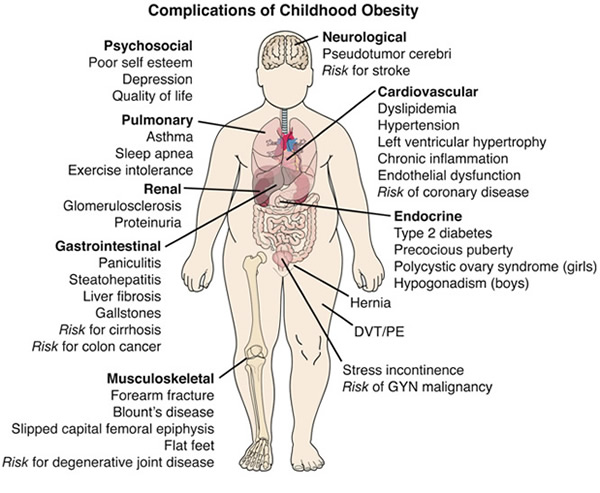An epidemic of childhood obesity plagues the lives of millions of American children, with virtually every major organ at risk the greater damage is probably irreversible. According to the
Washington Post boys and girls in elementary school suffering from high blood pressure, high cholesterol and painful joint conditions; a soaring incidence of type 2 diabetes, once a rarity in pediatricians’ offices; even a spike in child gallstones, also once a singularly adult affliction. Studies reveal that one in three children in this country overweight or worse, the future health and productivity of an entire generation, and a nation can very well be in jeopardy! The cumulative effect could be the country's first generation destined to have a shorter life span than its predecessor.
A 2005 analysis by a team of scientists forecast a two- to five-year drop in life expectancy unless aggressive action manages to reverse obesity rates. Since then, children have only gotten fatter.According to a study by Thomson Reuters, the epidemic is expected to add billions of dollars to the U.S. health-care bill. Treating a child with obesity is three times more costly than treating the average child.
The internal damage does not always take medical testing to diagnose. It is visible as a child laboriously climbs a flight of stairs or tries to sit at a classroom desk, much less rise out of it. On a playground, obesity exerts a cruel price.
“It robs them of their childhood, really,” said Melinda S. Sothern, of the Louisiana State University Health Sciences Center in New Orleans. “They’re robbed of the natural enjoyment of being a kid — being able to play outside, run. If they have high blood pressure, they have a constant risk of stroke."
As we all know we are undergoing a major epidemic all throughout the world. We must first take responsibility of our own bodies, as well there needs to be more involvement from the health care communities all the way to the federal government.


